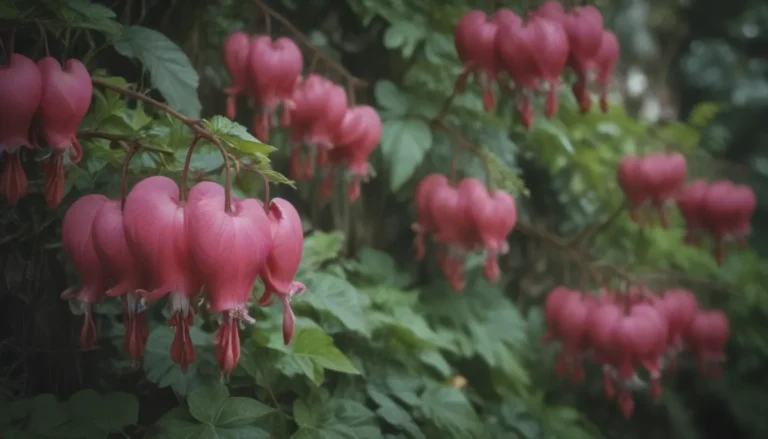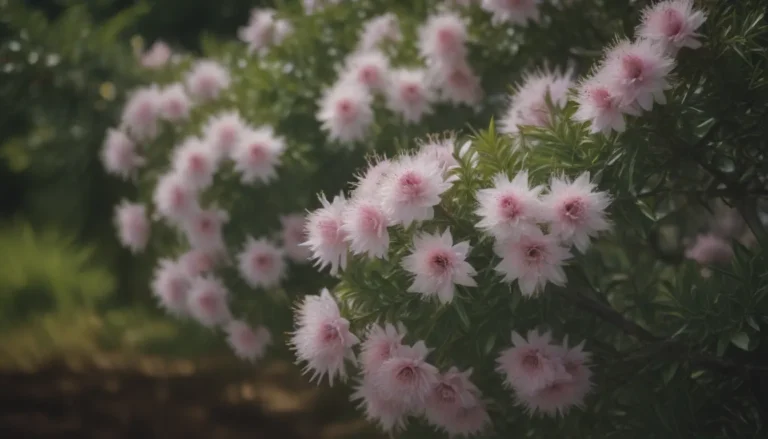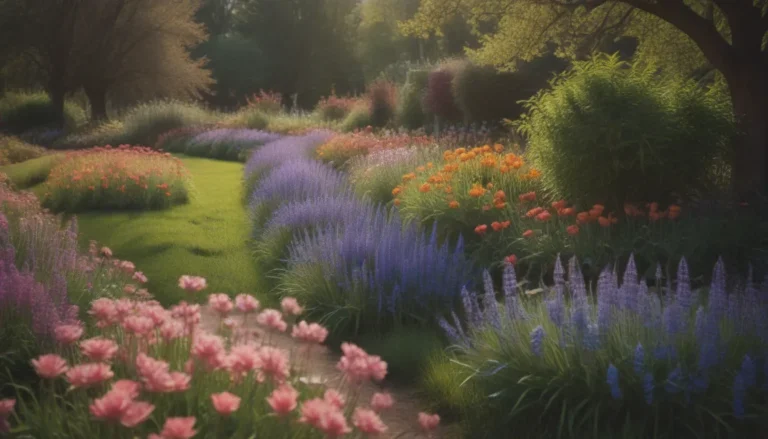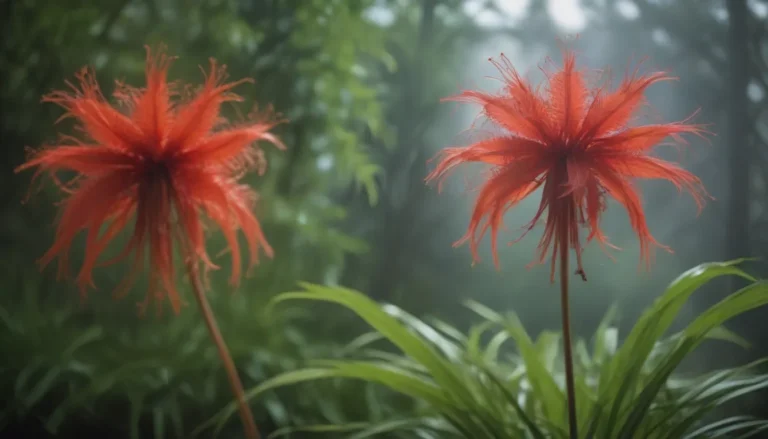The Ultimate Guide to Growing and Caring for Dwarf Jade

Are you looking to add a touch of greenery to your home with a unique, easy-to-care-for plant? Look no further than the dwarf jade! This succulent perennial, with its small teardrop-shaped leaves and reddish-brown stems, is a popular choice for many plant enthusiasts. Whether you want to turn it into a bonsai tree or let it sprawl in a hanging basket, dwarf jade is a versatile and long-lived plant that can thrive in various environments.
In this comprehensive guide, we will cover everything you need to know about growing and caring for dwarf jade. From light and soil requirements to pruning and propagation, we’ve got you covered. So, grab your gardening gloves and let’s dive into the wonderful world of dwarf jade!
Dwarf Jade Care
Taking care of your dwarf jade plant is essential to ensure its health and longevity. Here are the main care requirements you need to follow:
Light
- Dwarf jade requires at least five to six hours of bright indirect light each day.
- Avoid direct sunlight, as it can burn the leaves.
- Rotate the pot regularly to ensure even growth.
- Gradually acclimatize the plant to sunlight when moving it outdoors.
Soil
- Ensure excellent soil drainage.
- Recommended soil mixes include commercial potting soil blended with fine gravel, pumice, or vermiculite.
- Avoid blending sand into the mix.
Water
- Indoor dwarf jade plants have low watering needs.
- Allow the soil to dry slightly before watering.
- Water moderately, ensuring water drains out of the bottom.
- Avoid water accumulation in the saucer.
Temperature and Humidity
- Maintain a room temperature between 61 and 71 degrees Fahrenheit.
- Move the plant outdoors during the summer but protect it from frost.
- Watch the weather forecast and bring it indoors before the first fall frost.
Fertilizer
- Fertilize during the growing season with a standard houseplant fertilizer.
- Reduce feeding during the winter months.
- Restart monthly fertilization in late winter with a diluted fertilizer.
Types of Dwarf Jade
Dwarf jade comes in various types with unique characteristics. Here are some popular types of dwarf jade:
- ‘Variegata’:
- ‘Aurea’:
- ‘Prostrata’:
- ‘Medio-picta’:
- ‘Cork Bark’:
- ‘Limpopo’
Pruning
Pruning is essential to maintain the shape and health of your dwarf jade plant. Follow these steps for successful pruning:
- Do not water the plant before pruning.
- Wait until the soil is dry.
- Remove any dead or overgrown branches.
- Shape the plant as desired.
Propagating Dwarf Jade
Propagation is an easy way to expand your collection of dwarf jade plants. Follow these steps to propagate dwarf jade from stem cuttings:
- Take stem cuttings during spring or summer.
- Place the cuttings in well-draining soil.
- Keep the soil moist but not waterlogged.
- Watch as new plants sprout from the cuttings.
Potting and Repotting Dwarf Jade
Choosing the right pot and repotting your dwarf jade plant at the right time is crucial for its growth. Here’s what you need to know about potting and repotting:
- Use a breathable unglazed clay pot or any pot with good drainage.
- Wait a week after repotting to water the plant.
- Repot in a slightly larger container if roots clog the drainage holes.
Overwintering
Preparing your dwarf jade plant for the winter months is essential to ensure its survival. Follow these tips for overwintering indoor potted dwarf jade plants:
- Allow the plant to become somewhat drier over the winter.
- Withhold watering until the bottom leaves begin to shrivel.
- Reduce feeding during the winter months.
Common Pests
While dwarf jade plants are generally resilient, they can still fall victim to common pests. Here’s how to deal with pests like spider mites, whiteflies, and mealybugs:
- Use insecticidal soaps to eliminate pests.
- Remove mealybugs by hand using alcohol-soaked cotton swabs.
- Avoid using chemical sprays that can damage the leaves.
How to Get Dwarf Jade to Bloom
While dwarf jade blooms are not showy, you may still want to encourage flowering in your plant. Here’s how to get your dwarf jade to bloom:
- Stress the plant by withholding water.
- Allow the leaves to shrivel and dry out.
- Dwarf jade may send out flowers as a response to environmental stress.
Common Problems With Dwarf Jade
Understanding and addressing common issues with dwarf jade plants is key to keeping them healthy. Here are some common problems you may encounter:
- Yellowing Leaves: Caused by overwatering and root rot.
- Shriveling Leaves: Caused by underwatering and lack of moisture.
- Distinguishing features of dwarf jade compared to standard jade plants.
With proper care and attention, your dwarf jade plant will thrive and bring a touch of greenery to your home. Whether you prefer a bonsai tree or a hanging basket plant, dwarf jade is a versatile and beautiful addition to any indoor or outdoor space.
In conclusion, dwarf jade is a unique and easy-to-care-for plant that can bring joy and beauty to any environment. By following the care tips and guidelines outlined in this guide, you can ensure that your dwarf jade plant grows and thrives for years to come. So, go ahead and add a touch of green to your home with this lovely succulent perennial!





